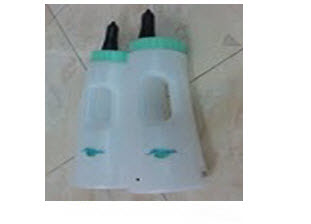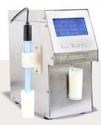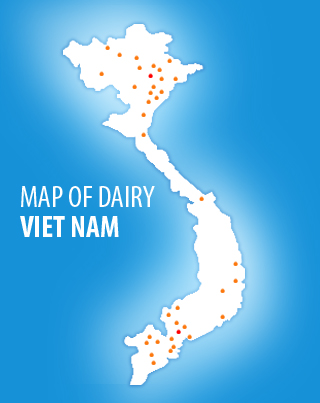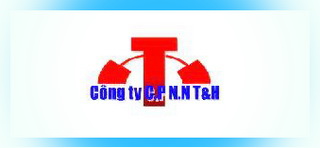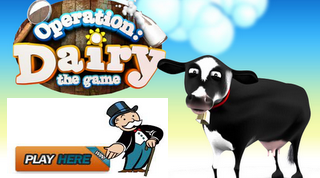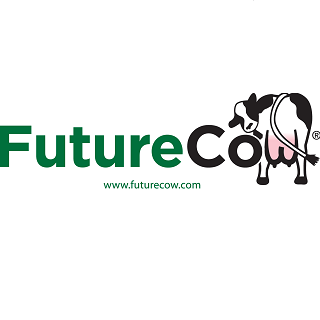News
Ketosis in Dairy Cows: Strategies for Prevention and Management
Ketosis continues to be a metabolic disorder that impacts dairy cows from precalving to 100 days after calving. The basics of ketosis is when dairy cows go into a negative energy balance, leading to the mobilization body fat (reserves) to meet the demand for energy associated with high milk production, late pregnancy, high milk fat content related to mobilized body fat (non-esterified fatty acids or NEFA) and limited dry matter intake.
Blood glucose demand is high due to synthesis of milk lactose (sugar), immune system demands due to calving stress and insulin resistance. If excessive NEFA are mobilized, the liver can convert NEFA to blood ketones. Blood ketones can be used as an energy source, but excess levels can be excreted in milk as ketones (lost energy), reduced dry matter intake and lower milk production.
Wisconsin DHI data reflect the potential costs and risks with ketosis. In a field study, 3,400 herds and 215,000 cows over three years were evaluated using milk ketone analysis from day five to day 21 after calving. First lactation cows that had ketosis had a 22% chance for ketosis in the next lactation. Older cows had a 45% chance of developing ketosis in the next lactation if they had ketosis in the current lactation. Milk ketone tests are available in U.S. and Canadian DHI labs.
Cows may have elevated ketones and NEFA in the first week after calving. The challenge can cause cows to shift their metabolize in week two, based on Minnesota data. Nutritional and management factors can be considered on dairy farms.
Body Condition Score
Research results show excessively heavy cows have lower dry matter intake after calving and mobilize excessive body weight. For optimal health and production, the body condition scores for dry cows should be 3.0 to 3.25 (score ranges from 1 as thin to 5 as excessively fat.) It’s suggested for heifers to calve at a BCS 3.0.
The problem can start on farms before cows enter the dry cow pen due to lower milk production, delayed pregnancy, health issues and one TMR being fed to all lactating cows.
Wisconsin researchers reported cows at 150 days pregnant were fed a high group TMR or switched to a lower energy ration prior to drying the cows off. The low energy diet contained 0.68 Mcal per pound of dry matter, 20% starch, and 4.3% fat. The high energy diet contained 0.79 Mcal per pound of dry matter, 29% starch, and 5.6% fat. All cows were fed the same lactating ration after calving. The high energy group had a BCS of 3.69 and 44 millimeters (mm) of back fat. The low energy group had a BCS of 3.25 and 37 mm of back fat. The low energy group had higher dry matter intake 10 days before calving and 21 days after calving. No significant differences in milk yield were reported between groups (the low group averaged 73 pounds compared to 78 pounds in the high group in the initial 21 days after calving).
NEFA blood levels were lower for the lower energy group, with lower incidences of retained planta, metritis and displaced abomasum (66 cows in the study did not allow for statistical differences.) Less propylene glycol treats were reported in the low energy group (4 treatments compared to 13 for the high energy group). Cows in late lactation should be evaluated for BCS to determine if a lower energy group is needed. One guideline is 10% to 15% of a herd could be moved to a low energy diet.
Dry Matter Intake
If dairy cows can achieve higher dry matter intake after calving, this can solve the problem of meeting energy needs while reducing the amount of body weight loss. Key factors include having close-up and fresh cow diets to smoothly transition diets meeting the nutrient needs of the cow and unborn calves along with colostrum synthesis. Pay attention to forage quality (keeping uNDF under 10% of the ration dry matter), avoid overcrowding (under 100% bed and feed bunk capacity in close-up and fresh cow groups) and separate heifer groups (social interaction and different feed consumption patterns).
Feed Additives
Feed additives can impact energy dynamics in dairy cows. Feeding rumen-protected choline during the transition period can increase dry matter intake after calving while reducing fat accumulation in the liver, along with greater milk yield for the entire lactation. Monensin can increase the level of propionic acid, a rumen volatile fatty acid, and provide a source of blood glucose.
Chromium can improve insulin and glucose responses (0.5 ppm in the ration dry matter). Propylene glycol drenched at 300 to 500 milliliters per treatment can increase blood glucose levels leading to an insulin response. Continue drenching until milk or blood levels of ketones drop.
Feeding propylene glycol does not lead to the surge in blood glucose. Yeast products and buffers can stabilize the rumen pH, fiber digestion and improve microbial production of VFA and amino acids.




